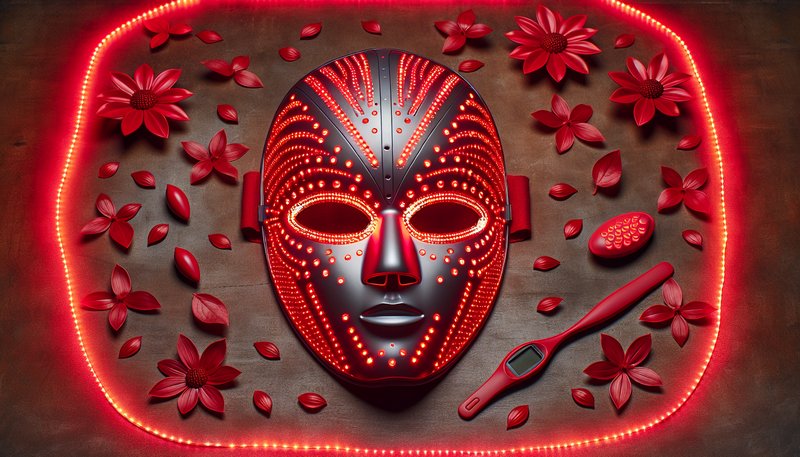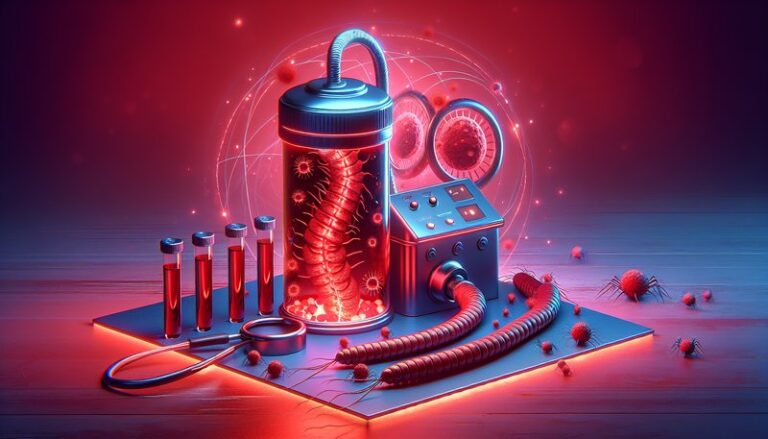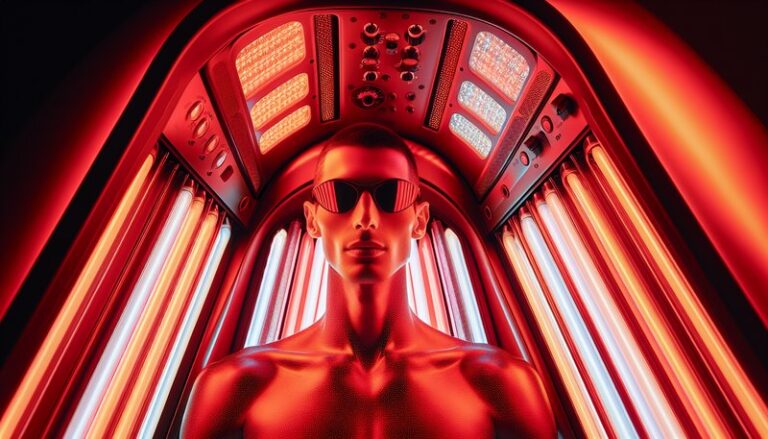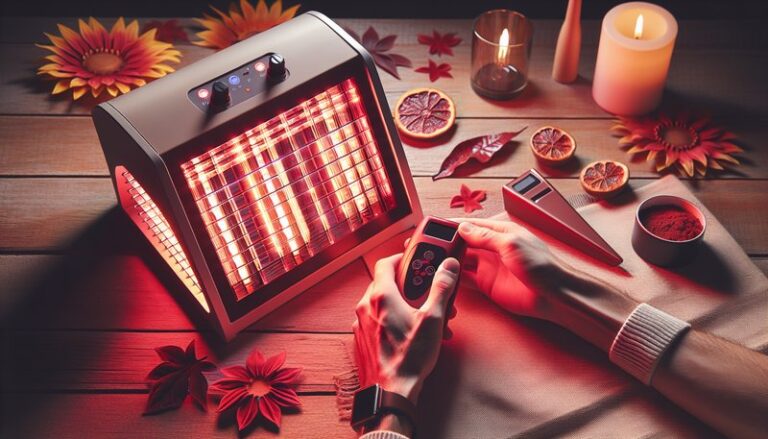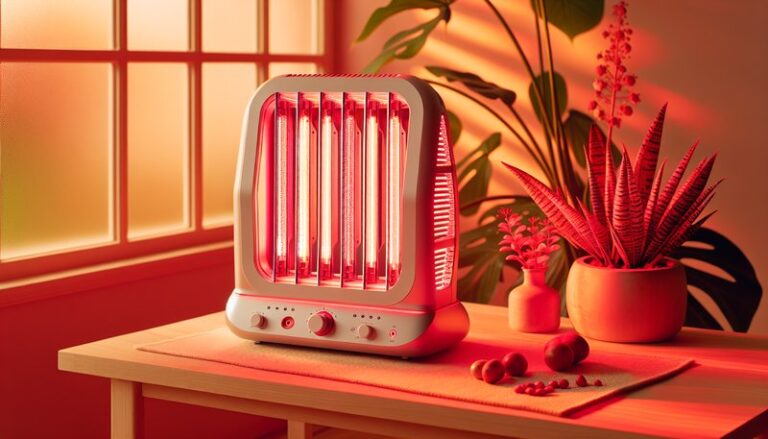Do Red Light Therapy Masks Work?
Are you curious if red light therapy masks truly live up to the hype they’ve generated for skin care?
This article delves into the efficacy of red light therapy masks, examining their benefits, considerations, alternatives, and much more. By the end, you’ll have a comprehensive understanding of whether these devices are worth your time and investment.
Key Takeaways
- Red light therapy masks may improve skin conditions like acne, wrinkles, and pigmentation.
- Many users report positive experiences, but results can vary based on individual skin types and conditions.
- It’s essential to consider safety, intended use, and individual skin needs before purchasing.
What is Red Light Therapy?
Red light therapy (RLT) is a non-invasive treatment that uses low-level wavelengths of light—specifically in the red and near-infrared spectrum—to stimulate cellular activity. This therapy aims to promote healing, reduce inflammation, and enhance skin rejuvenation by penetrating the skin layers and activating cellular functions.
RLT operates on the principles of photobiomodulation, which involves light interacting with cells to create biochemical reactions that can lead to improved skin health. As a versatile treatment, it has been utilized in various medical and cosmetic applications, making its way into at-home devices like masks for easier accessibility.
What are the Benefits of Red Light Therapy Masks?
Exploring the benefits of red light therapy masks reveals several advantages that can positively impact your skin and overall well-being.
Skin Rejuvenation
One of the most touted benefits is the potential for skin rejuvenation. Studies suggest that red light therapy can promote collagen production, which is essential for skin elasticity and firmness. Users often report a visible reduction in fine lines and wrinkles after consistent usage.
Reduction of Inflammation
Red light therapy masks show promise in decreasing inflammation, particularly useful for those struggling with conditions like acne or rosacea. The anti-inflammatory effects help to calm the skin and reduce redness, leading to a more even skin tone.
Improved Healing
The healing properties of RLT make it beneficial not just for aesthetic concerns but also for treating wounds and scars. The therapy encourages faster healing of acne lesions and reduces the appearance of scars over time.
Enhanced Mood and Sleep Quality
Interestingly, some users experience improved mood and better sleep quality as side effects of using red light therapy. The relaxing effects of the gentle light may help reduce stress and promote better sleep, contributing to overall skin health.
Is it Possible to Achieve Professional-Grade Results at Home?
While many people hope to achieve salon-like results at home using red light therapy masks, the effectiveness can vary widely. Professional-grade RLT typically contains higher intensity and precision, but at-home options can still deliver significant benefits if used correctly.
Find out everything in Is Red Light Therapy Good for Eyes?
What are the Advantages of Using At-Home Red Light Therapy Masks?
At-home masks offer several advantages, including:
- Convenience: Enjoy treatment in the comfort of your own home, fitting sessions into your schedule easily.
- Cost-effectiveness: Over time, using a mask can be more affordable than frequent visits to a dermatologist or spa.
- User Control: Adjust the frequency and duration of treatments according to your skin’s needs.
What are the Disadvantages of Using At-Home Red Light Therapy Masks?
While at-home masks are convenient, they do come with some disadvantages:
- Lower Intensity: Most home devices operate at lower intensities compared to professional equipment, potentially leading to slower or less noticeable results.
- Lack of Guidance: Without professional oversight, users may not know the optimal settings or duration for their skin type.
- Inconsistent Results: The effectiveness may vary, with some users seeing significant improvement while others experience minimal changes.
What are the Things to Consider Before Buying a Red Light Therapy Mask?
Before diving into a purchase, consider the following crucial factors:
Skin Type and Condition
Understanding your skin type—whether oily, dry, sensitive, or normal—will help you choose the right device and settings. Some masks may be better suited for specific skin problems than others.
FDA Clearance
Look for masks that have FDA clearance or approval, ensuring their safety and efficacy. This can help differentiate between quality devices and those without clinical backing.
User Instructions and Treatment Plans
Pay attention to the user instructions and treatment plans. Devices with adjustable settings and guided treatment recommendations may offer more tailored experiences, maximizing their effectiveness for your skin.
What are the Alternatives to Red Light Therapy Masks?
If red light therapy masks aren’t the right fit for you, there are several alternative skin treatments worth exploring.
LED Light Therapy Devices
Similar to RLT masks, LED devices utilize various colors of light to address different skin concerns, including blue light for acne and yellow light for redness. They can be more versatile by targeting specific issues.
See our comprehensive review Can Red Light Therapy Trigger Melasma?
Chemical Peels
For those looking for more immediate results, chemical peels can offer a deep exfoliation and significant improvement in skin tone and texture. However, they may require downtime for recovery.
Microdermabrasion
Microdermabrasion uses gentle exfoliation to remove dead skin cells, promoting a fresher complexion. It can be a good alternative to RLT for enhancing skin texture and reducing fine lines.
Skincare Products with Active Ingredients
Investing in skincare products that contain retinoids, hyaluronic acid, or peptides can provide benefits similar to those of red light therapy by working on a cellular level to rejuvenate and hydrate the skin.
Conclusion: Is it Recommended to Use Red Light Therapy Masks?
Red light therapy masks can be an effective addition to your skincare routine, particularly for those seeking to enhance skin quality and promote healing. While results vary, many users report noticeable improvements, especially with consistent use. However, it’s crucial to assess your specific skin needs, consult with a professional if necessary, and consider other available alternatives to find the best approach for your skincare journey.
Frequently Asked Questions
Do red light therapy masks work for all skin types?
While many individuals can benefit from red light therapy masks, results may vary based on individual skin types and conditions. It’s essential to choose a mask compatible with your specific skin needs.
How often should I use a red light therapy mask?
Most recommendations suggest using the mask 3-5 times a week for optimal results, but your skin’s response will dictate your personal treatment frequency.
Are there any side effects associated with red light therapy masks?
Generally, red light therapy is considered safe for most people, with few reported side effects. However, some users may experience mild redness or irritation, particularly with initial use.
How long do I need to use the mask to see results?
Results can vary, but many users typically start to notice improvements within four to six weeks of consistent use, depending on the specific condition being treated.
Can red light therapy masks replace professional treatments?
While RLT masks can provide beneficial effects, they may not fully replace professional treatments, especially for more severe skin concerns. It is best to consult with a dermatologist for a comprehensive approach.
